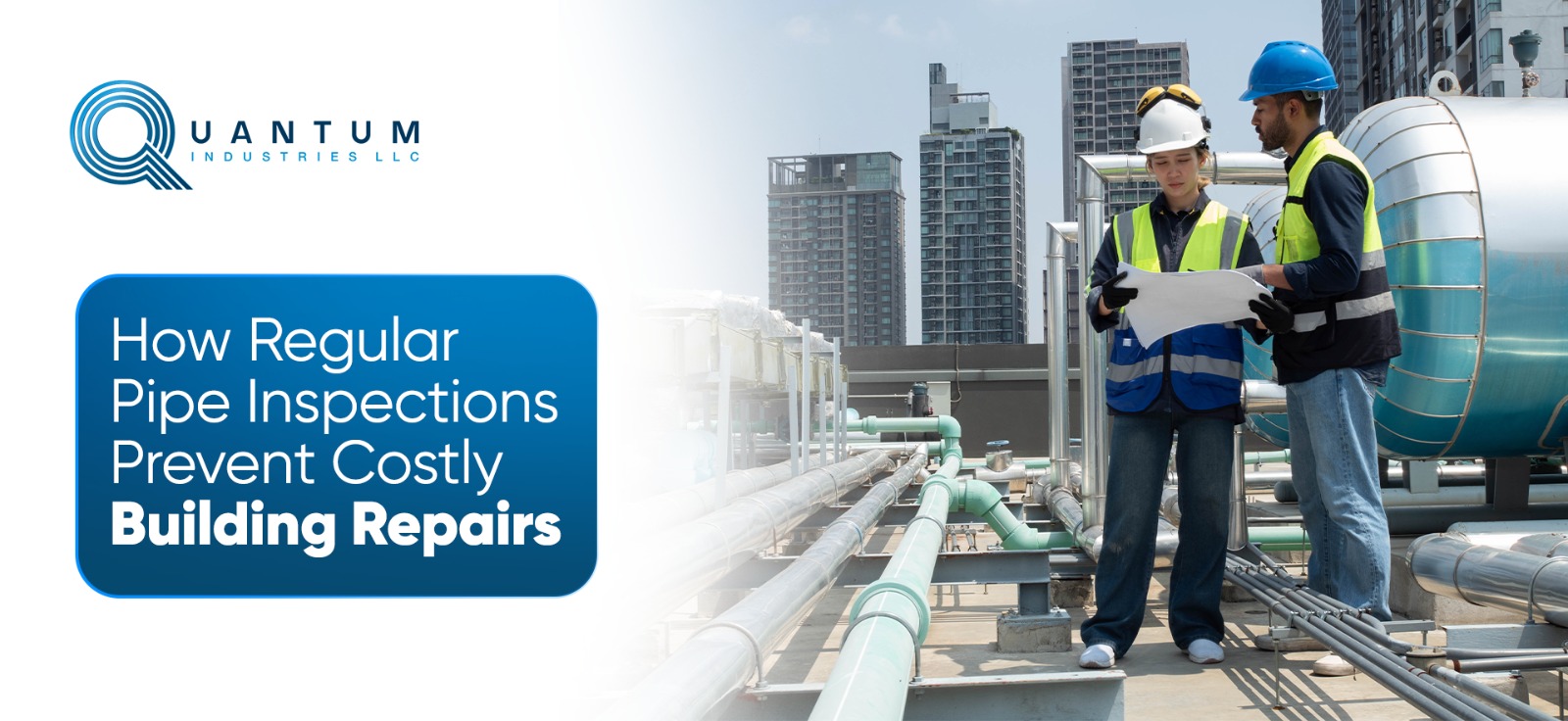



In the ever-evolving world of construction, drainage systems are often overlooked until they become a source of irritation. The running of water in pipes became a sheer irritation in the construction of high-rise buildings, hotels, hospitals, and up-market residences. With urban architecture reaching new heights literally and figuratively, the demand for better, more silent, and efficient drainage systems is increasing. This very demand saw the inception of acoustic drainage systems, designed with a single purpose: to combat noise.
This article on "Acoustic Drainage vs. Conventional Drainage: What's the Real Difference?" will explore the real difference that exists, so you can consider which is best for your next project in terms of performance, noise control, materials, installation, cost, and compliance.
Conventional drainage systems rely on gravity-based water flow using standard materials like PVC or basic plastic pipes. These systems are commonly found in residential installations due to their affordability and ease of installation in low-rise buildings and traditional infrastructure.
Advantages:
Limitations:
The main idea underpinning the design of an acoustic drainage system is sound attenuation. Using a pipe of special materials like mineral-reinforced polypropylene (PP), a multilayer pipe construction, and pipe geometries, travelling systems are able to reduce the amount of airborne and structure-borne noises caused by the wastewater flow.
Typical Applications:
Main Features:
Quantum Industries QTherm Acoustic Drainage System is a good example for the acoustic drainage sector.
Imagine staying at a five-star hotel and being kept awake by the sound of water flushing several floors above. Or trying to focus in a hospital ward disrupted by drainage noise. In such environments, even minor disturbances can impact sleep, stress levels, recovery, and comfort.
Acoustic drainage systems directly resolve this. Minimizing pipe-borne noises help improve the ambience and the health and well-being of the occupants. Currently, building standards increasingly require noise laws to be adhered to, especially in top-tier and commercial projects.
Installation:
Conventional drainage systems tend to be easier and quicker to install, mostly requiring little or no expertise. On the other hand, acoustic systems may be planned with more precision, with considerations for high-rise buildings in which bracket placement and pipe routing affect acoustic results.
Maintenance:
It is a low maintenance for both systems. Nevertheless, acoustic pipes are meant to be more durable due to their thicker walls and stronger material, particularly when they are installed correctly.
Compatibility:
In fact, acoustic drainage systems can be retrofitted into existing buildings, but this will require drastic evaluation and skilful implementation. The benefits, however, are long-term, quieter interiors, higher property value, and reduced tenant complaints.
It’s true: acoustic drainage comes with a higher initial cost. However, when viewed over the lifecycle of a building, the return is significant. Consider fewer noise complaints, reduced chances of tenant churn, and increased property value in competitive real estate markets.
In luxury apartments or hospitality projects, the upfront investment in acoustic drainage often pays off in customer satisfaction and reputation. Developers are able to meet strict building regulations and environmental certifications when sound control is built into the infrastructure.
Consider acoustic drainage if:
Stick with conventional drainage if:
Drainage is more than just plumbing, it’s part of the living and working experience. While conventional drainage systems still serve well in many standard applications, acoustic drainage is emerging as the go-to solution for modern, high-performance buildings where comfort, compliance, and long-term value matter.
If you’re building for the future, quiet, comfortable, and compliant, acoustic drainage is the smarter choice.
For project-specific recommendations, always consult with plumbing or MEP experts who understand acoustic system requirements from design to installation. To know more about Acoustic drainage system manufacturers and Suppliers in UAE, connect with Quantum Industries.
Acoustic drainage uses sound-insulating materials to reduce pipe noise, while conventional drainage does not prioritise sound control.
Acoustic drainage systems have a higher initial cost but can offer better value over time, especially in noise-sensitive projects.
Definitely, certainly in luxury homes or apartments where quiet surroundings are desired.
These systems can reduce a good amount of noise," both airborne and structure-borne, "and generally meet international standards such as EN 14366.
Not really. They are as low-maintenance as any other system but tend to outlast them due to better-quality materials.

